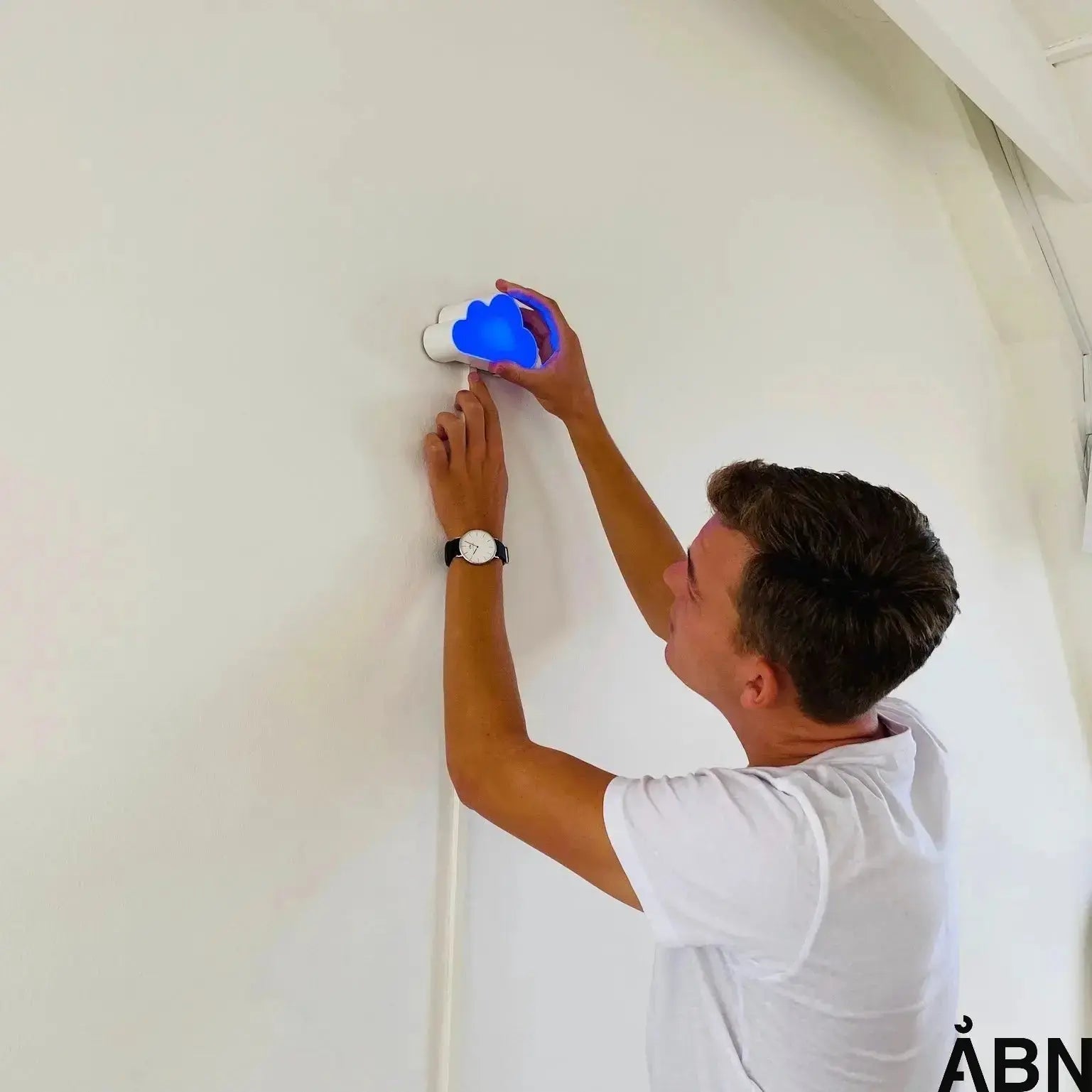What is a CO2 sensor?
A CO2 sensor is a device that measures the level of carbon dioxide in the air. Carbon dioxide is a natural part of our breathing, but high concentrations of CO2 in a room can be harmful to our health and well-being. Therefore, it is important to keep track of CO2 levels to ensure a healthy indoor climate.
According to [source name] , CO2 sensors are an effective way to assess the air quality in a room. By measuring the CO2 level, you can identify areas with poor ventilation and take the necessary measures to improve the air quality.
Why is it important to use CO2 sensors?
Controlling the CO2 level in a room can have several benefits. Firstly, it can help reduce the risk of health problems such as headaches, fatigue and difficulty concentrating. Secondly, it can help increase the productivity and well-being of the people who occupy the room. Finally, it can also help reduce energy consumption by optimizing the ventilation system.
According to [source name], CO2 sensors are particularly effective in educational environments where good air quality is crucial for student well-being and learning. Using CO2 sensors can ensure that students are in an optimal indoor climate that promotes learning and health.
How do you use CO2 sensors?
Using CO2 sensors is a simple and effective way to ensure a healthy indoor climate. The sensors should be placed strategically around the room to get an accurate measurement of CO2 levels. When the level of carbon dioxide exceeds a certain point, the sensors can provide a notification so that action can be taken to improve air quality.
According to [source name], it is important to react quickly if CO2 levels are too high. This can be done by increasing ventilation, opening windows, or taking other measures to reduce the concentration of carbon dioxide in the room.
FAQ about CO2 sensors:
How do I know if the CO2 level is too high?
According to [source name], CO2 levels in a room should not exceed 1000 ppm (parts per million). If the level is higher than this, it may be a sign of poor ventilation and needs action.
How can CO2 sensors help reduce energy consumption?
By optimizing ventilation based on CO2 measurements, unnecessary air exchange can be avoided and thus energy consumption in the building can be reduced.
What other benefits are there to using CO2 sensors?
In addition to ensuring a healthy indoor climate, CO2 sensors can also contribute to increased productivity, well-being and energy efficiency in the room.
Take responsibility: Check the CO₂ sensor and respond with action. It is crucial for a healthy indoor climate and well-being for everyone. At ÅBN, we have solutions that can help visualize the indoor climate and ensure that the CO2 level is optimal. Contact us for advice, data or solutions that can make a difference.









